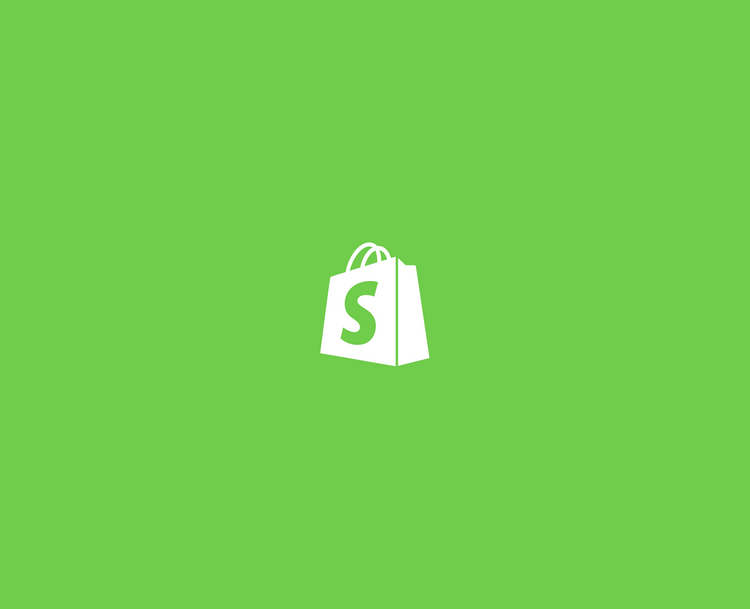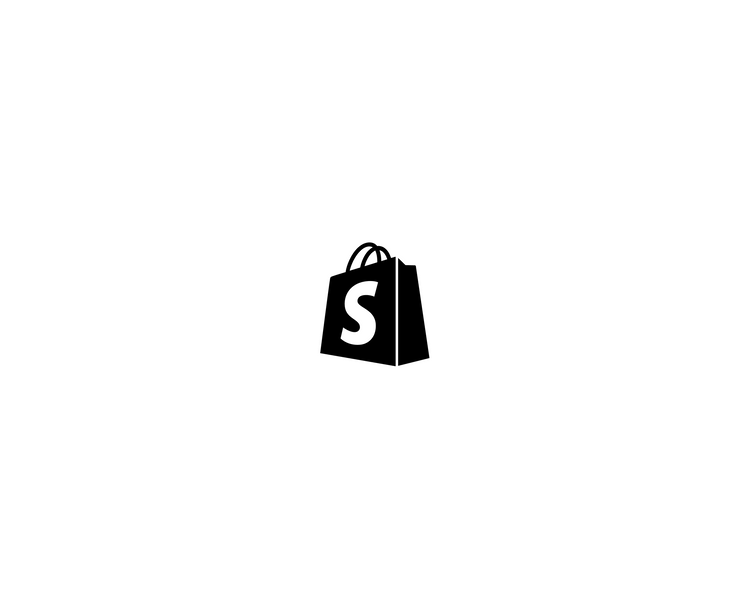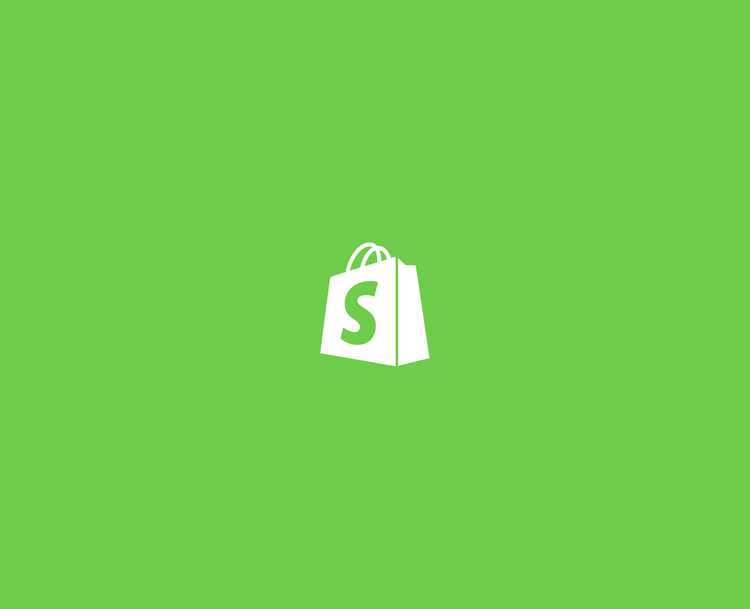POS Checkout update affecting split payment third-party integrations (Oct 26)
POS checkout infrastructure has been updated and as a result orders with multiple payments will now briefly appear in the database as partially paid until updated with the final payment, which will appear as paid. The partially paid state will be visible to any apps or integrations querying the order at this moment. It will also result in a webhook firing for each payment, instead of one for the entire order.
This affects all buy now pay later applications like Klarna and ClearPay so when an order is received, it will be marked as partially paid even though Klarna will have paid for the order in full already. This change could be annoying for brands because ecom managers often use the partially paid status to manage wholesale orders.
Brands with integrations that rely on the split payment webhooks will need to update workflows.
For example,
- Fulfilment: retailers using a third-party fulfilment integration will need to ensure fulfilment only happens when the order’s financial status is paid.
- Inventory management: Integrations that automatically update inventory levels when an order is placed may need to be updated to account for the new partially paid state.
- Accounting: Integrations that automatically sync order data to accounting software may need to be updated to handle the new webhooks.
- Customer relationship management (CRM): Integrations that automatically create or update customer records when an order is placed may need to be updated to account for the new partially paid state.
Markets Pro - Shipping Label Price Adjustments (Oct 28)
A shipping label price adjustment occurs when your package's weight or dimensions don't match the ones you entered during the label purchase.
The Shopify Markets Pro shipping label price adjustment update is a positive development for merchants. It means that merchants will be automatically reimbursed for any shipping label price adjustments that are applied to their orders. This will help to ensure that merchants are only paying what they owe for shipping and will also help to reduce the administrative burden of dealing with shipping label price adjustments.
Things to be aware of:
- You will receive a charge on your next payout if your package requires a price adjustment.
- Price adjustments are a standard industry practice, and most shipping carriers follow this standard.
- To avoid price adjustments, verify that you enter the correct information when you purchase a shipping label.
Here are some additional tips to help avoid shipping label price adjustments:
- Use a shipping scale to weigh your packages accurately.
- Use a measuring tape to measure the dimensions of your packages accurately.
- Select the correct shipping service based on the weight and dimensions of your package.
- If you are unsure about the weight or dimensions of your package, contact Shopify Support for assistance.
New POS UI extensions activation in admin (Oct 30)
The Smart Grid is a powerful tool that allows merchants to customise Shopify POS to meet specific business needs. Features include adding, removing, or rearranging tiles for products, discounts, and more.
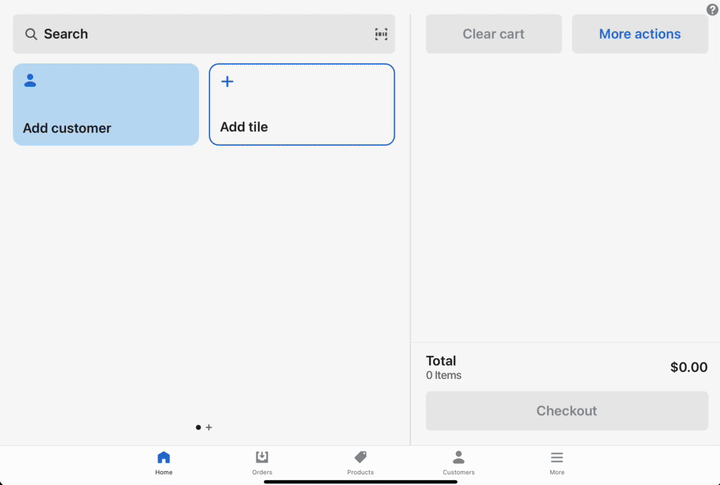
Shopify Payments now supports multiple payment captures for the same order (Oct 30)
Starting today, brands can capture partial payment multiple times directly from the Orders Page or using the GraphQL API (OrderTransaction object and OrderCapture mutation). Multiple Payment Capture is enabled by default for Plus merchants on the manual payment setting.
Here are some specific examples of how merchants can use multiple payment capture:
- A merchant sells custom-made furniture. The merchant takes a deposit when the order is placed and then captures the remaining balance when the furniture is ready to be shipped.
- A merchant sells clothing and ships items from different warehouses. The merchant captures payment for each item as it is shipped, so that the customer is only charged for the items that have actually been shipped.
- A merchant sells a subscription service. The merchant captures payment for each subscription month as it is delivered.
Multiple payment capture is a powerful new feature that can help merchants improve their cash flow, reduce the risk of chargebacks, and meet their accounting standards.
Send cart POS attribution (Oct 31)
Send Cart in POS is a widely used feature and represents a lot of potential omnichannel sales opportunities. Now, when a customer completes an online checkout from the email link sent from the retail store, the Send Cart feature accurately attributes the sale to POS channel, retail location, and staff member.
Here are some specific examples of how merchants can use the Send Cart POS Attribution update:
- A merchant can use the Sales by channel report to see how much revenue is generated from Send Cart sales.
- A merchant can use the Retail sales by POS location report to see which POS locations generate the most sales from Send Cart.
- A merchant can use the Retail sales by staff at register report to see which sales staff members generate the most sales from Send Cart.
- A merchant can use the Retail sales by staff attribution report to see which sales staff members are helping customers complete their purchases from Send Cart emails.
Merchants can use this information to improve their Send Cart program, incentivise staff to use Send Cart more effectively and track the impact of Send Cart on store performance.
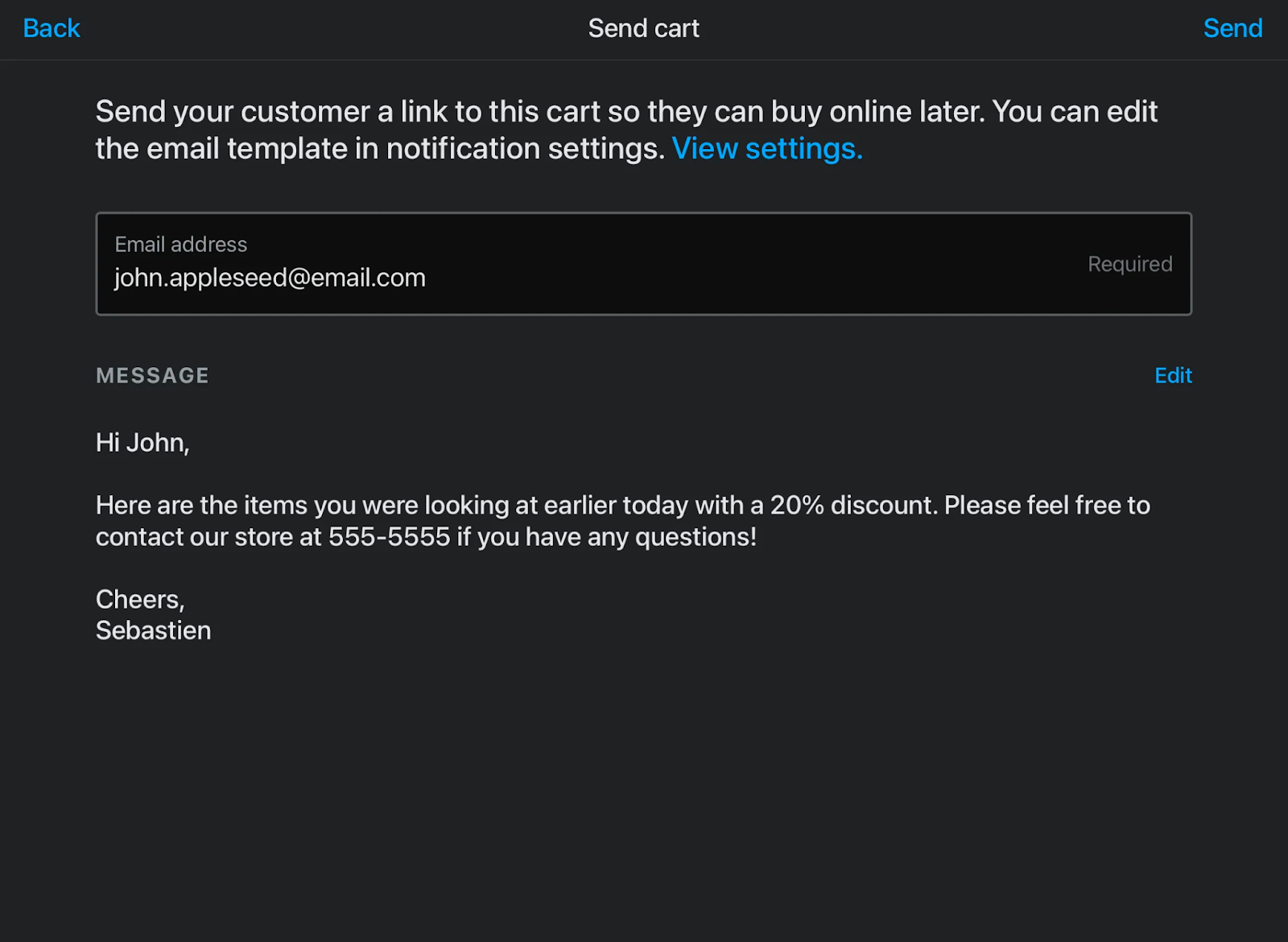
Structured return reasons (Oct 31)
Structured return reasons have been added to the return workflow to improve data capture on in-store returns, and help merchants gain insight on product issues, customer preferences, and return inefficiencies.
Here are some additional benefits of using structured return reasons:
- Reduced return fraud. Structured return reasons can help to reduce return fraud by making it more difficult for customers to return products for fraudulent reasons.
- Improved customer satisfaction. Structured return reasons can help to improve customer satisfaction by making it easier for customers to return products and by providing merchants with the information they need to resolve return issues quickly and efficiently.
-
Increased sales. Structured return reasons can help to increase sales by giving merchants the information they need to improve their products and services.=
To capture additional return details, staff can add a note directly in POS for each line item. Combined with the structured return reasons, this development will help merchants improve quality and customer satisfaction. Listening to consumer feedback is the best way to enhance reputation and drive loyalty.
Hydrogen v2023.10 has been released (Oct 31)
Hydrogen v2023.10 is now available. This release includes a number of new features and breaking changes.
This one is a little technical! All merchants need to know is that the release of Hydrogen v2023.10 brings a host of new features and enhancements to the platform. Please contact us if you have any questions about this release.
POS PIN enhancements (Nov 1)
Users must now wait 30 seconds after 5 failed attempts when trying a PIN for POS. Also, a warning will appear if a PIN is too easy to guess when creating or editing the PIN for a user who has access.
🤝 Know someone that might want to hear the latest Shopify news? Send them to the newsletter sign up page.
